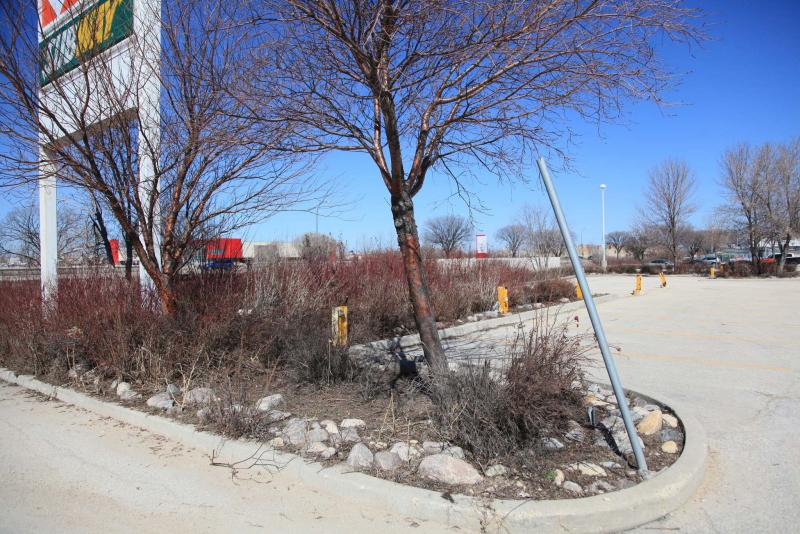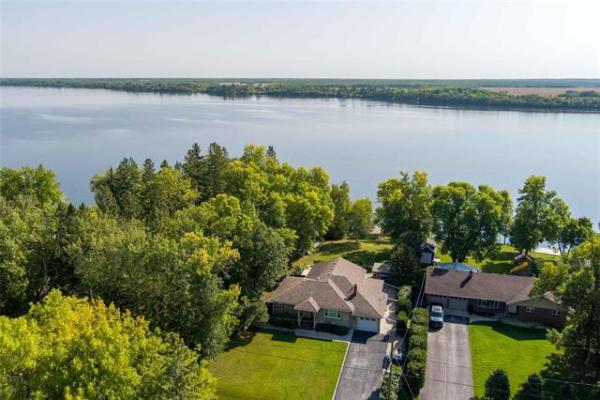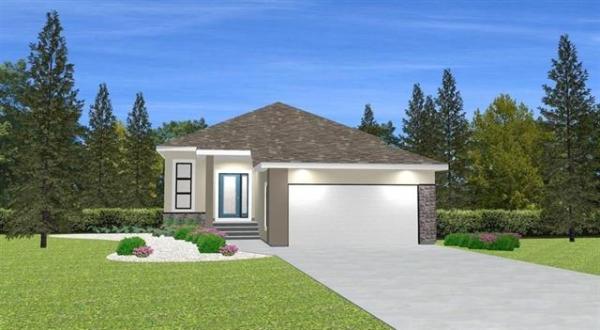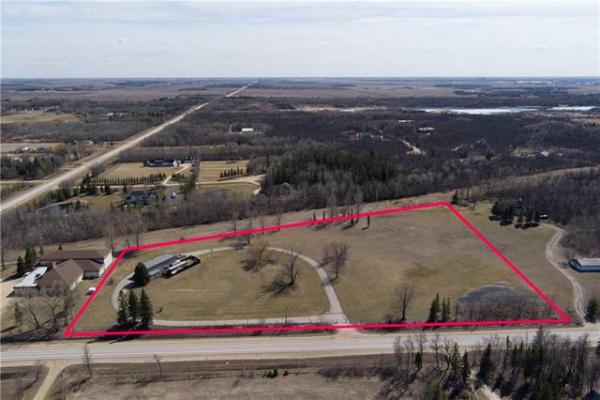All living things get old with time — people, animals, landscapes, buildings and even trees and woody shrubs.
With many tree species, getting older usually means getting larger, either in height, or girth of trunk, and an increase in the number of twigs and branches. Inevitably in the biological world, increasing age means increased susceptibility to processes of wearing out and to health issues such as disease, functional and structural weaknesses.
With trees, these issues are usually very serious.
Not all trees succumb to age-related issues at the same time. A 30-year-old tower poplar is experiencing a serious decline in its health usually from fungal disease and poplar borer infestation. Dead twigs and branches will be apparent on the tree. However, a bur oak tree that is 60 years old, is still a young tree, and typically in good health if it is not overshadowed by a taller oak or other large tree.
The size of a tree does not necessarily relate to its age, although when most trees are young (other than poplars, fruit trees, Russian olives and aspens) there is a fairly strong correlation between age and size.
There are always exceptions to this pattern, even in trees in the same species category. Maples provide an interesting example of this exception. A 40-year-old Amur maple may grow to a height of 10 metres, but a 40-year-old silver maple will usually grow to a height exceeding 15 metres. The environment in which a tree or shrub grows is a very significant factor in its expected and actual longevity. I cannot overemphasize this point.
Trees and shrubs of any age can be stressed by how they are planted in various landscape settings, and also how they are maintained in those settings. It seems that smaller landscape areas put more stress on trees and shrubs regardless of their age than much larger landscape areas.
There is a natural tendency to fill up a small space with a greater density of trees and shrubs. Maintaining an isolated small landscape space can seem bothersome to many people, so they will employ different measures to reduce their workload in those small areas.
Crowding trees and shrubs into a limited space can quickly change the nature of age tolerance of trees and shrubs to that location.
A newly planted tree or shrub with a known long life expectancy (such as a green ash) can be quickly stressed in a limited growing environment where there are significant barriers in the underground soil to the development of its roots. This might occur if that landscape space is an "island" in a busy parking lot. Typically, the tree or shrub will have its soil covered with a landscape fabric to impede the growth of weeds. On top of that fabric, a covering of stones and/or rocks or dense wood mulch fibres is added for esthetics and enhanced weed control. This suffocates the root system.
I have been asked by many property owners why their trees and shrubs are doing very poorly on expensive berms in their yards.
Landscape fabric and layers of stones and rocks limit the development of weeds.
Unfortunately, these added materials rarely help the trees and shrubs in the years after planting.
There may be an argument from some in the landscaping industry about the latter comment; however, I get asked hundreds of times (this is no exaggeration) by property owners a few years after the installation of these berms why their trees and shrubs are doing so poorly.
Typically I will assess various diseases caused by fungi and occasionally insects and mites that have invaded these plants as a result of poorly growing and dying roots.
Under the wrong environmental growing conditions, trees and shrubs of any age will suffer, even if the intention of the owner of those plants was to produce a beautiful home or business landscape.
I should add the previous scenarios apply to properties where the base soil is significantly composed of clay. Properties with sandy-loamy soils rarely encounter these growth-stress issues.
Enjoy your trees and shrubs regardless of their age; however, your enjoyment of those plants will last much longer if they were properly planted in the first place.
Michael Allen M.Sc.F., RPF (ret’d) is a consulting urban forester, tree diagnostician and certified arborist and owns Viburnum Tree Experts. He can be reached at 204-831-6503 or 204-223-7709. His website is treeexperts.mb.ca
viburnumtrees@shaw.ca




